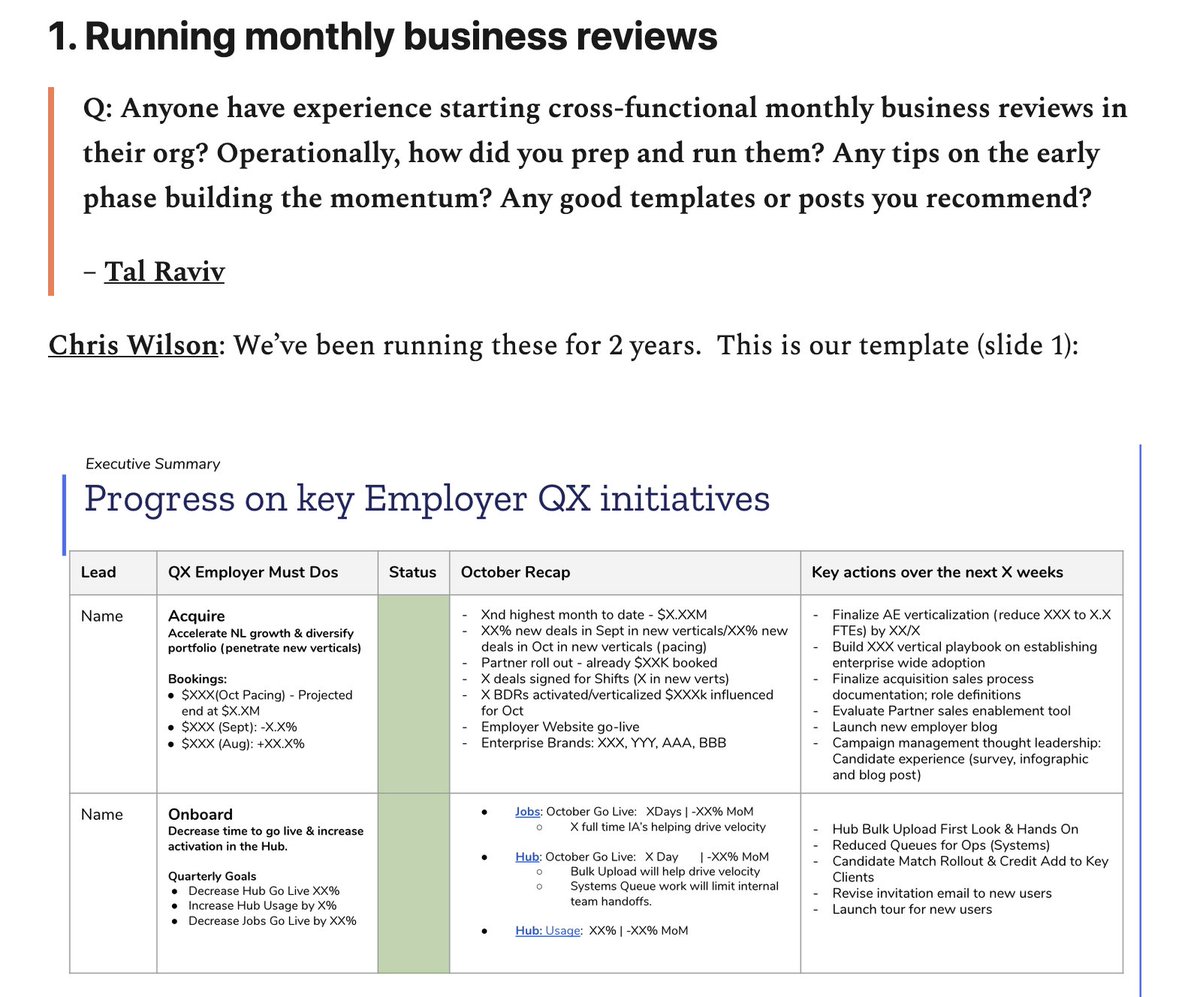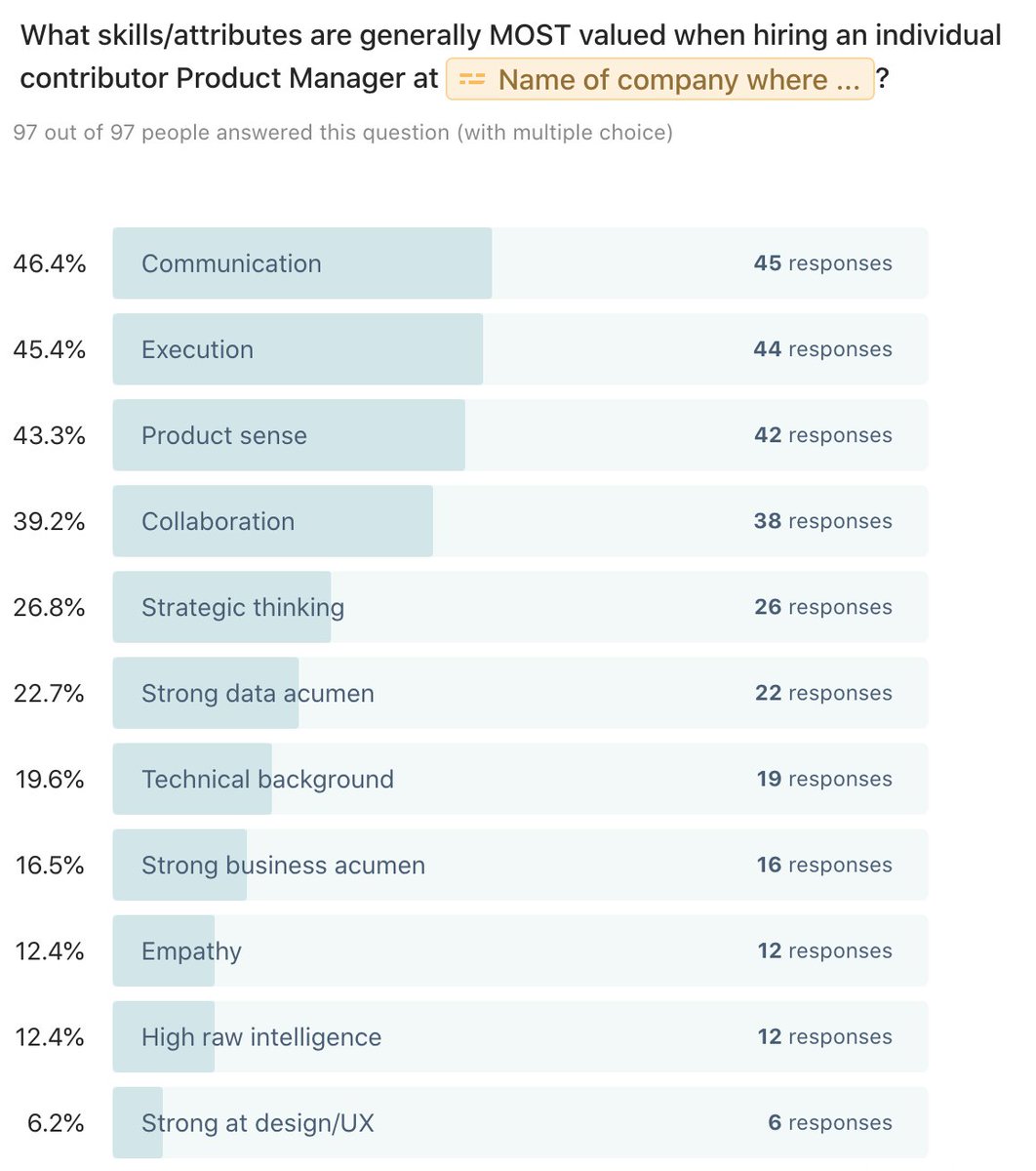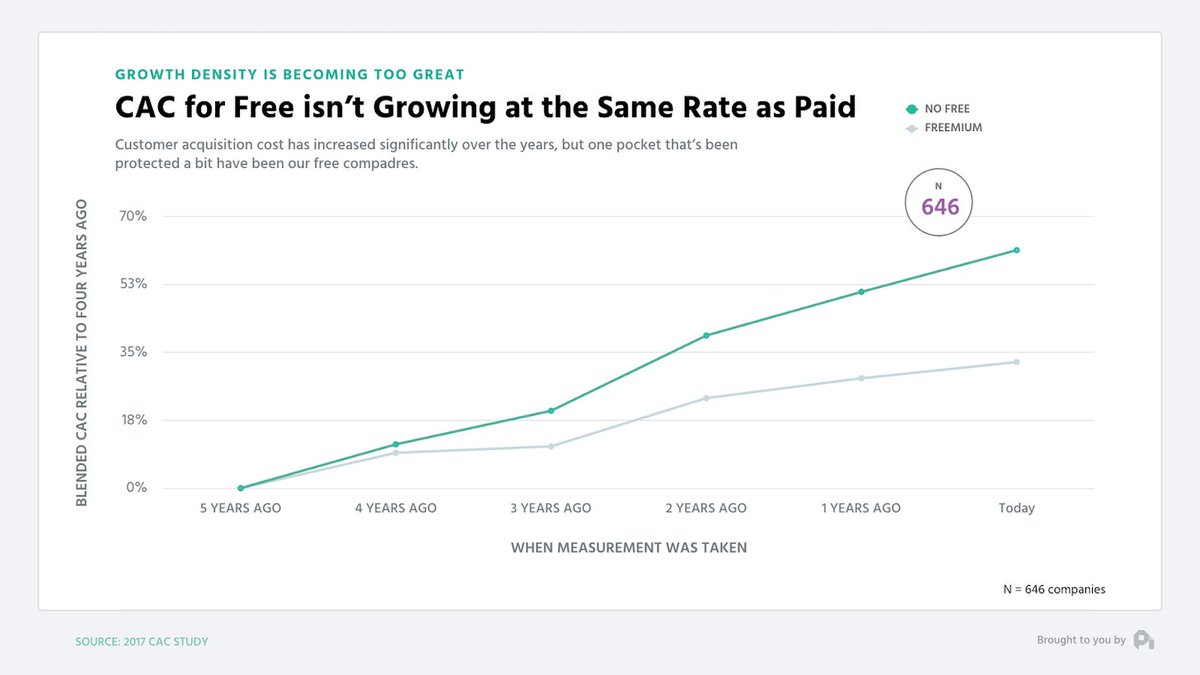
Some things I've learned about the newsletter'ing life, so far 👇
1/ It's really easy to start a newsletter. It's very hard to keep it going.
The key to keeping it up, at least for me, is (1) being genuinly curious and energized about the topic, (2) having a broad enough topic to keep it novel, and (3) having consistent time to write.
The key to keeping it up, at least for me, is (1) being genuinly curious and energized about the topic, (2) having a broad enough topic to keep it novel, and (3) having consistent time to write.
2/ Optimize for a topic YOU'RE excited about, not what you think other people will be excited about.
This is so important. It's the reason I went against the classic advice of finding a single focused niche. I would have been so bored thinking all day about just one thing.
This is so important. It's the reason I went against the classic advice of finding a single focused niche. I would have been so bored thinking all day about just one thing.
3/ Above all else, the one thing you have to get right is to *provide value to your readers*.
If your newsletter isn't clicking, it probably means it just isn't valuable enough. What's something you can do to increase the concrete value for a reader?
If your newsletter isn't clicking, it probably means it just isn't valuable enough. What's something you can do to increase the concrete value for a reader?
https://twitter.com/lennysan/status/1281287945035452417
4/ What separates OK work from great work is simply the time to write.
I'm nowhere near the smartest or most experienced person in any of the topics I write about. But I have the luxury of time – to research, to refine, to think. If you have time, you have a big advantage.
I'm nowhere near the smartest or most experienced person in any of the topics I write about. But I have the luxury of time – to research, to refine, to think. If you have time, you have a big advantage.
5/ The single biggest lesson I've learned about better writing: cut, cut, cut.
Read through your work many times and find more things you can cut. Also, make it easy to skim. Imagine your readers drunk, stumbling through the post.
This book is everything amazon.com/dp/B0090RVGW0/…
Read through your work many times and find more things you can cut. Also, make it easy to skim. Imagine your readers drunk, stumbling through the post.
This book is everything amazon.com/dp/B0090RVGW0/…
6/ Time spent outside of the content is rarely worth it.
Running ads, optimizing the website, growth hacks – not a good use of time.
If the content is valuable it'll mostly grow itself (i.e. people will share it). This is why Substack is great – you can focus on the writing.
Running ads, optimizing the website, growth hacks – not a good use of time.
If the content is valuable it'll mostly grow itself (i.e. people will share it). This is why Substack is great – you can focus on the writing.
7/ Speaking of Substack, build on a platform where you are collecting email addresses and can take them anywhere.
I started on Medium, and it was great for a while, but most of the upside goes to Medium. And if you leave, you're starting over.
I started on Medium, and it was great for a while, but most of the upside goes to Medium. And if you leave, you're starting over.
https://twitter.com/naval/status/1325531565724639233
8/ Don't take positive feedback about your writing for granted.
Even if it wasn’t what you planned to be doing, if people seem to consistently find value in your writing, and you enjoy it, don’t take this for granted. Keep at it and see where it takes you.
Even if it wasn’t what you planned to be doing, if people seem to consistently find value in your writing, and you enjoy it, don’t take this for granted. Keep at it and see where it takes you.
9/ Also, don't take your own experience, knowledge, and insights, for granted.
You’d be surprised by how much you know that other people don’t, and how much value you can provide by sharing what feels basic and obvious to you.
You’d be surprised by how much you know that other people don’t, and how much value you can provide by sharing what feels basic and obvious to you.
10/ Always strive to add something new to the conversation
It may seem like everything has been written about, but
(1) that's not true, and (2) if it has, it's rarely great. What's a unique take, insight, or framing you can add?
It may seem like everything has been written about, but
(1) that's not true, and (2) if it has, it's rarely great. What's a unique take, insight, or framing you can add?
11/ Writing isn't for everyone
If you're much more energized by speaking, you should do a podcast or video. I'm much more suited for writing (I need time to think, refine, crystalize). Find what energizes you.
If you're much more energized by speaking, you should do a podcast or video. I'm much more suited for writing (I need time to think, refine, crystalize). Find what energizes you.
12/ There are real downsides to doing newsletter'ing full-time
The self-employed life has a lot of downsides. It's tough to get good health insurance, no time off, no benefits of any kind. Also, turns out it's hard to get a mortgage.
Things you learn after the fact.
The self-employed life has a lot of downsides. It's tough to get good health insurance, no time off, no benefits of any kind. Also, turns out it's hard to get a mortgage.
Things you learn after the fact.
13/ But there are also tons of upsides
The flexibility, the excuse to learn, and most importantly the feeling that you're helping people become better at what they do. Hard to beat.
The flexibility, the excuse to learn, and most importantly the feeling that you're helping people become better at what they do. Hard to beat.
14/ There's never been an easier time to experiment
Never in a million years did I imagine I'd be writing a newsletter, especially as a source of income. This only happened because it was easy to try it out. Tell people you're tinkering, try it, and see where it takes you ✨
Never in a million years did I imagine I'd be writing a newsletter, especially as a source of income. This only happened because it was easy to try it out. Tell people you're tinkering, try it, and see where it takes you ✨
• • •
Missing some Tweet in this thread? You can try to
force a refresh










